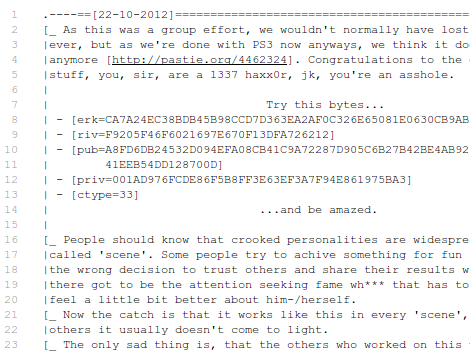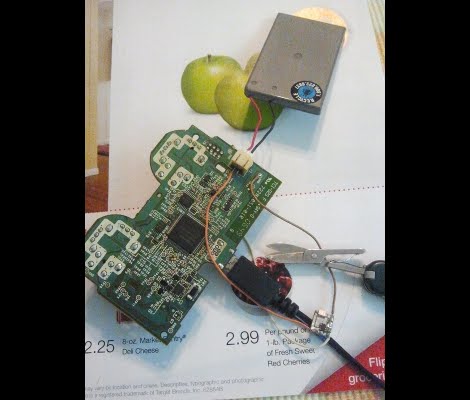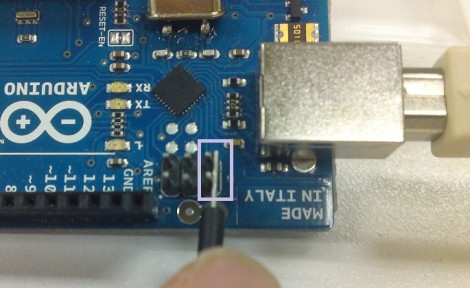
Sony’s DualShock 3 controller can be seen in a number of projects here on Hackaday. There’s a reason for this: it’s easy to sniff the Bluetooth signals coming out of this controller and make any electronics project do your remote control bidding. Bluetooth has a fairly limited range, though, so what happens if you’d like to use this very comfortable and very functional controller over a mile or so? Just replace the mainboard of the controller with a new design using an Xbee radio. It’s a great project from the workbench of [Marcel] and looks to be just the solution for an awesome Xbee remote control.
The Sony DualShock 3 controller is designed around a single main board for the bulk of the electronics and analog sticks with three daughterboards used for every other button on the controller. [Marcel] took the main board out of his controller and stated to reverse engineer the thing, keeping the USB charging, PC communication, force feedback and LED indicators. Instead of Bluetooth as in the original circuit, [Marcel] used a 60mW XBee radio, allowing him to control just anything connected to another XBee radio with a range of up to a mile.
[Marcel]’s new main board is a direct drop in replacement for the original DualShock 3 mainboard, and the only modification to the controller is drilling a small hole for the new antenna. It’s a great piece of kit for RC vehicles of any kind, and it’s fully programmable for whatever robotics project you might have in mind.
Thanks {Roel] for sending this one in.





















